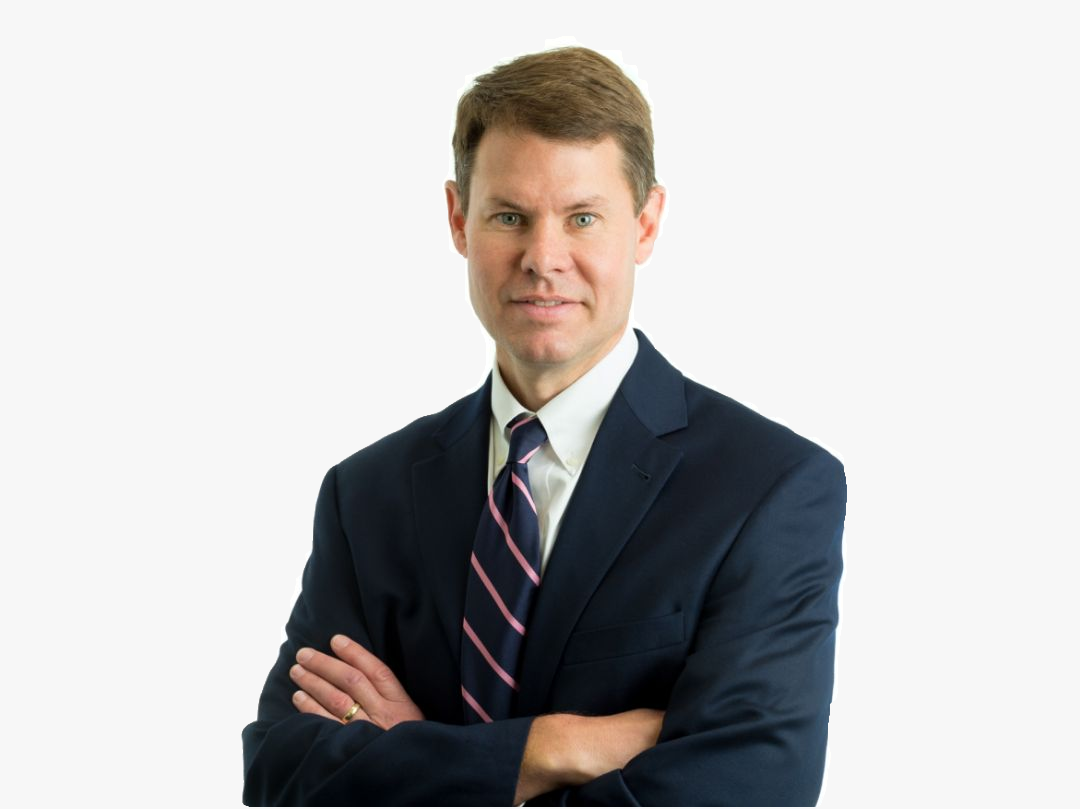Jacksonville’s Office Market Is Coming Into Its Own
Michael Loftin, executive vice president with JLL, discussed how far Jacksonville’s office sector has come since the Great Recession and named the main factors behind its growth.
By Timea Papp
The Jacksonville office market has been the scene of thriving investment, leasing and development activity lately. However, much like other markets, Jacksonville entered the Great Recession with availability in the office sector, according to JLL Executive Vice President Michael Loftin, which tempered lease rate increases and delayed landlords’ ability to hike up asking prices.
Loftin shares his views on current trends in the market and talks about some of the most significant developments underway. He also names the Jacksonville submarkets that attract most interest from investors.
Can you tell us about the current supply/demand dynamics in the Jacksonville office market?
Loftin: While supply/demand dynamics vary across Jacksonville, over the past few years the city has experienced general tightening across most submarkets. Deerwood Park and the southern region bordering St. Johns County have grown especially tight with low vacancy and strong fundamentals for new build-to-suit development.
What are the big-picture trends shaping Jacksonville’s office sector?
Loftin: There has been a flurry of capital markets activity in downtown Jacksonville in recent months. From the resurgence of the infill Brooklyn and Riverside areas neighboring the central business district to Vystar Credit Union’s purchase of SunTrust Tower for $59 million ($160 per square foot), to the sale of BB&T Tower to Ash Properties for $23.3 million ($82 per square foot), 2018 has seen more activity than we have experienced in the past decade.
Elements of Jacksonville closed on an $18.6 million land purchase to build the The District, a major mixed-use development along Jacksonville’s riverfront on the Southbank. Augustine Development Group also purchased five parcels of downtown land for a new residential, retail and hotel project. The Laura Street Trio project is progressing with construction, and Shad Khan’s Iguana Investments continues to pursue future mixed-use development on the Lot J parcel adjacent to TIAA Bank Stadium, while development negotiations on the Shipyards parcel continue. All of this recent activity is creating a renewed buzz around downtown, a submarket that has been relatively quiet for the past 10 years.
What can you tell us about the suburbs regarding vacancy and lease rates?
Loftin: Switching to the suburbs, as vacancy levels have drastically decreased over the past couple of years in the Deerwood Park office submarket, rates have increased nearly 20 percent in that time, giving rise to new build-to-suit projects along Gate Parkway with the Town Center I and II buildings and Hines’ Southside Quarter. The South Duval region is experiencing a spike in rents with rates having gone up nearly 15 percent over the past couple years. The market benefits from being in close proximity to the rapidly growing residential and employment populations of St. Johns County.
Which submarkets have seen the most investor interest in the past quarters and why?
Loftin: While downtown Jacksonville lays claim to several of the most visible office investment deals of 2018, the Butler Corridor has seen significant activity with three large office deals—involving new development—closed in the past few months. McKesson and Web.com signed build-to-suit agreements for 125,000 square feet and 218,400 square feet in the Butler Corridor, and both are expected to move into their spaces in 2019. The 1 million-square-foot Flagler Center portfolio in southern Duval County traded for $136 million in early 2018, representing the largest office transaction in Jacksonville this year.
What is the status of leasing activity and asking rates in Jacksonville?
Loftin: Across the board, office rental rates are on the upswing. The areas surrounding Deerwood Park and Flagler Center have seen the most dramatic rise in rates with a nearly 20 percent increase over the last two years. The Southpoint submarket has also seen modest increases in asking rates benefitting from the significant rise in the neighboring Deerwood Park area, while downtown rates have remained fairly flat this past year. Downtown Jacksonville’s asking rates vary on a building-by-building basis, meaning that some have maintained the same rate, while others have increased with positive leasing activity over the past couple of years. Overall, downtown rates have been creeping up over the last few of years, but certainly not at the same pace as the suburbs.
Are there warning signs to suggest the market is gearing up for the next phase of the real estate cycle?
Loftin: When examining Jacksonville’s performance in the last recession, office rates did drop off a bit, but not nearly as much as what was seen in larger Florida office markets. Since Jacksonville entered the last recession with office availability, we first had to backfill our existing supply, which prolonged the market’s ability to increase rates. About a year and a half ago, Jacksonville started seeing an uptick in build-to-suit activity, which helped put new office supply on the market.
Although most of the tenants that are occupying new build-to-suit buildings are currently in the market and will need to vacate other buildings, having a few pockets of large, contiguous office space is healthy and essential to attracting new-to-market tenants looking for these sizable blocks. Jacksonville’s office sector grew organically, cautiously and in a calculated manner, which should keep the market from having a glut of vacant office space when the next down cycle occurs.
What do you think will be the main driver for office demand going forward?
Loftin: As with most other markets, the general health of the economy is the largest determinant of office demand. Jacksonville is fortunate to have a diversified economy with ports and logistics, financial institutions and insurance companies serving as cornerstone industries, while new and exciting sectors such as tech are growing within our market. The expansion and diversification of our economy will only continue to move Jacksonville’s office market forward.
Image courtesy of JLL









You must be logged in to post a comment.